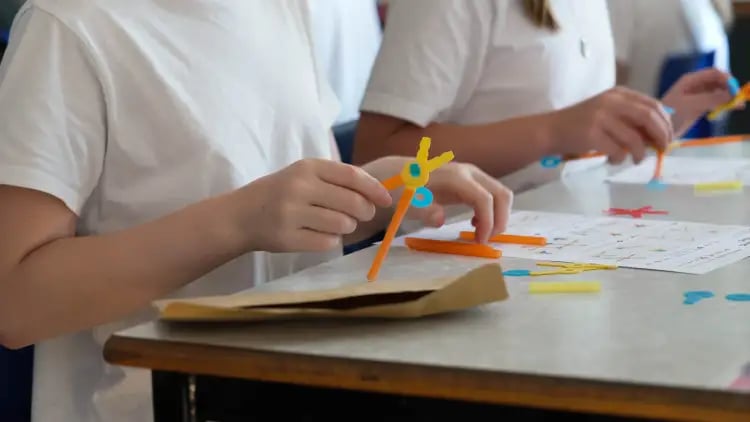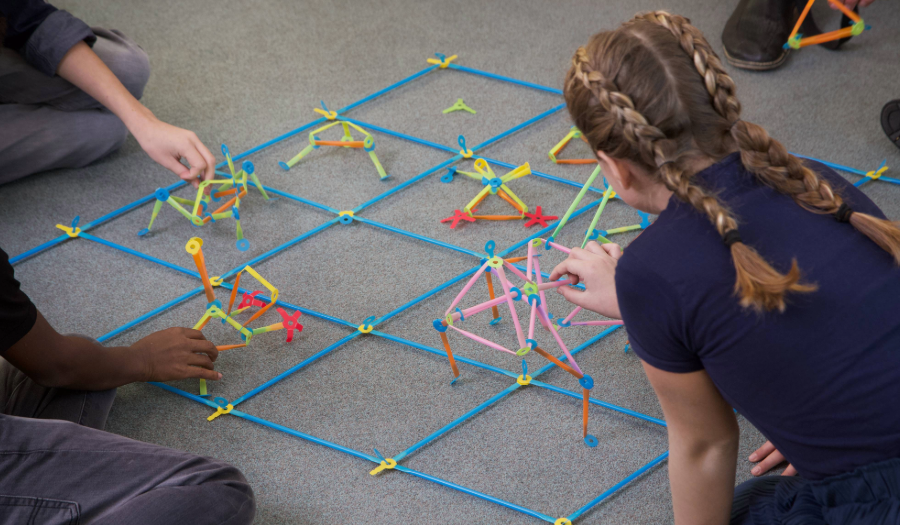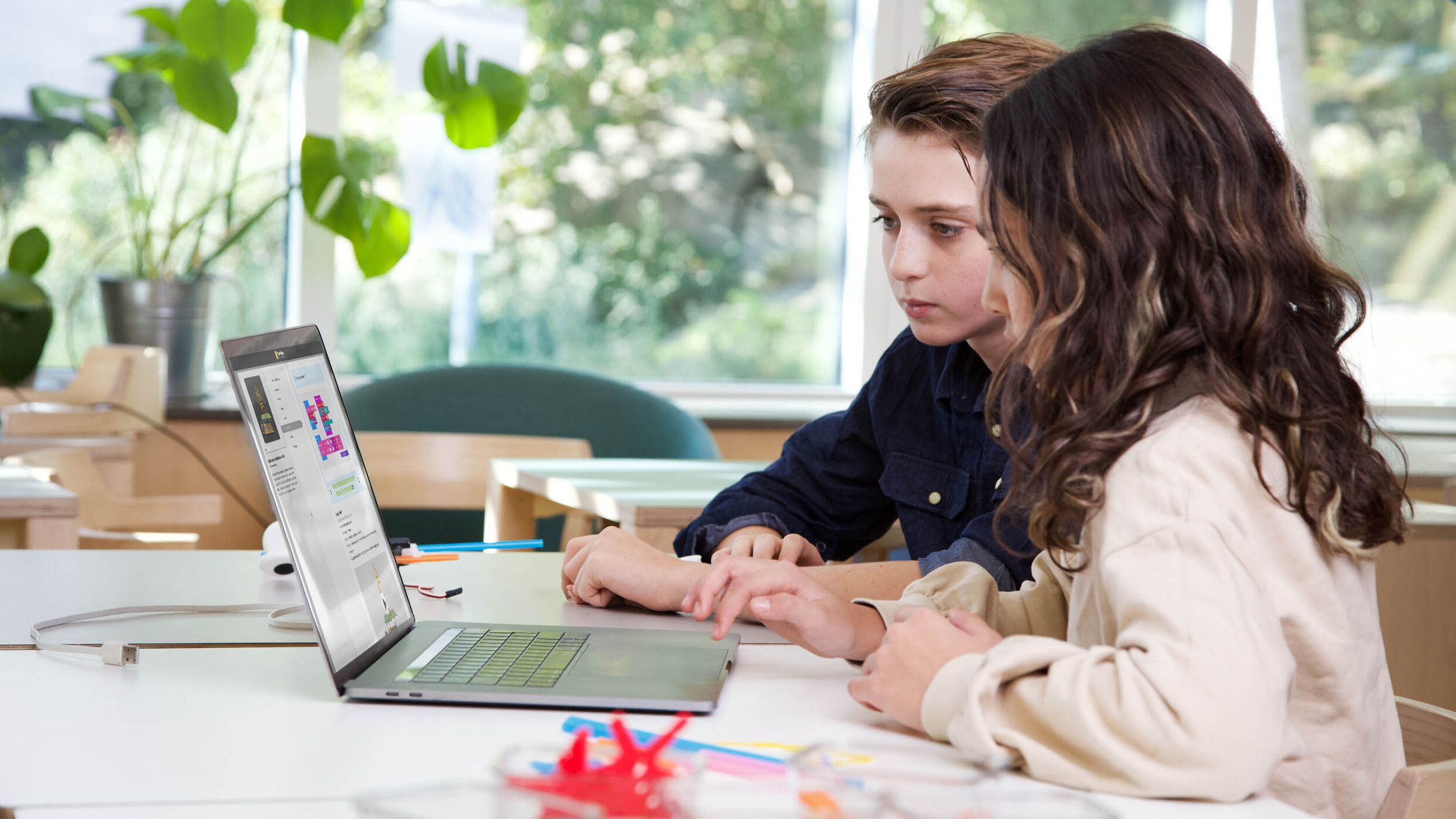Content: Developing 21st-Century Skills in STEM/STEAM Learning
Content in education is more than just knowledge, it’s about how learners process, organise, and apply information in meaningful ways. In STEM/STEAM education, content refers to the skills and competencies learners need to navigate and contribute to an increasingly complex and interconnected world. A STEM/STEAM approach makes learning relevant by encouraging hands-on exploration and cross-curricular connections.

What Does Content Mean in STEM/STEAM Education?
In STEM/STEAM, content isn’t just about knowing facts—it’s about understanding how different disciplines connect and how knowledge can be applied in real-world problem-solving. Learners explore how science, technology, engineering, arts, and maths work together, rather than seeing them as separate subjects.
For instance, a STEM/STEAM robotics project might involve:
- Engineering principles to construct a working model
- Coding and technology to bring it to life
- Design thinking to ensure functionality and efficiency
- Mathematical reasoning to test accuracy and movement
By working across multiple disciplines, learners develop a problem-solving mindset, learning to think critically and approach challenges from different perspectives. Instead of simply recalling information, they experiment, iterate, and collaborate to find innovative solutions.
Making Content Relevant Through Real-World Applications
A key goal of STEM/STEAM education is to show learners how their skills can be applied to real-world challenges. Whether tackling environmental issues, exploring sustainable design, or engaging in technological innovation, STEM/STEAM learning encourages young people to think about how they can make a difference in the world.
Hands-on, project-based activities allow learners to take theoretical knowledge and put it into practice. For example, using STEM/STEAM kits like Strawbees, learners can create mechanical systems, build energy-efficient models, or prototype robotic solutions, helping them see the impact of their learning in action.
By connecting content to meaningful challenges and real-world contexts, educators can help learners become active problem-solvers who approach learning with curiosity and creativity.
The Power of Cross-Curricular Learning
Traditional education often separates subjects into distinct lessons, but STEM/STEAM integrates them, encouraging a more interconnected approach to learning. This cross-curricular method allows learners to explore how different areas of knowledge overlap and complement each other.
For example, a project designing a bridge might incorporate:
- Physics and engineering to ensure the structure is strong and stable
- Mathematics to calculate angles, weight distribution, and materials needed
- Art and design to improve aesthetics and function
- Technology to create digital models or simulate structural integrity
By bridging different disciplines, STEM/STEAM education encourages collaborative problem-solving and deeper engagement with content. Learners are no longer just working on isolated subjects—they are developing a mindset that reflects how real-world industries function.
Technology’s Role in Enhancing Learning Content
The way learners access, interact with, and absorb content has transformed with advances in technology. Digital tools such as coding platforms, robotics kits, and online simulations allow learners to experiment, test, and refine ideas in ways that traditional learning cannot always provide.
Strawbees Classroom, for example, combines digital learning with hands-on experimentation, enabling learners to code, build, and explore engineering challenges in a way that strengthens both theoretical understanding and practical application.
Technology also makes learning more flexible and personalised—learners can work at their own pace, explore content in ways that suit their learning styles, and even collaborate remotely. By integrating interactive and digital tools into STEM/STEAM education, we ensure that learners are not just passively consuming knowledge but actively engaging with it, developing confidence and adaptability along the way.
Based off learnings from: Becoming Brilliant: What Science Tells Us About Raising Successful Children (Roberta Michnick Golinkoff and Kathy Hirsh-Pasek, 2016)
You May Also Like
These Related Stories

Nurturing Curiosity: The Nuances Between STEM and STEAM in UK Education

6 STEAM Subject Lead Challenges And Solutions!


